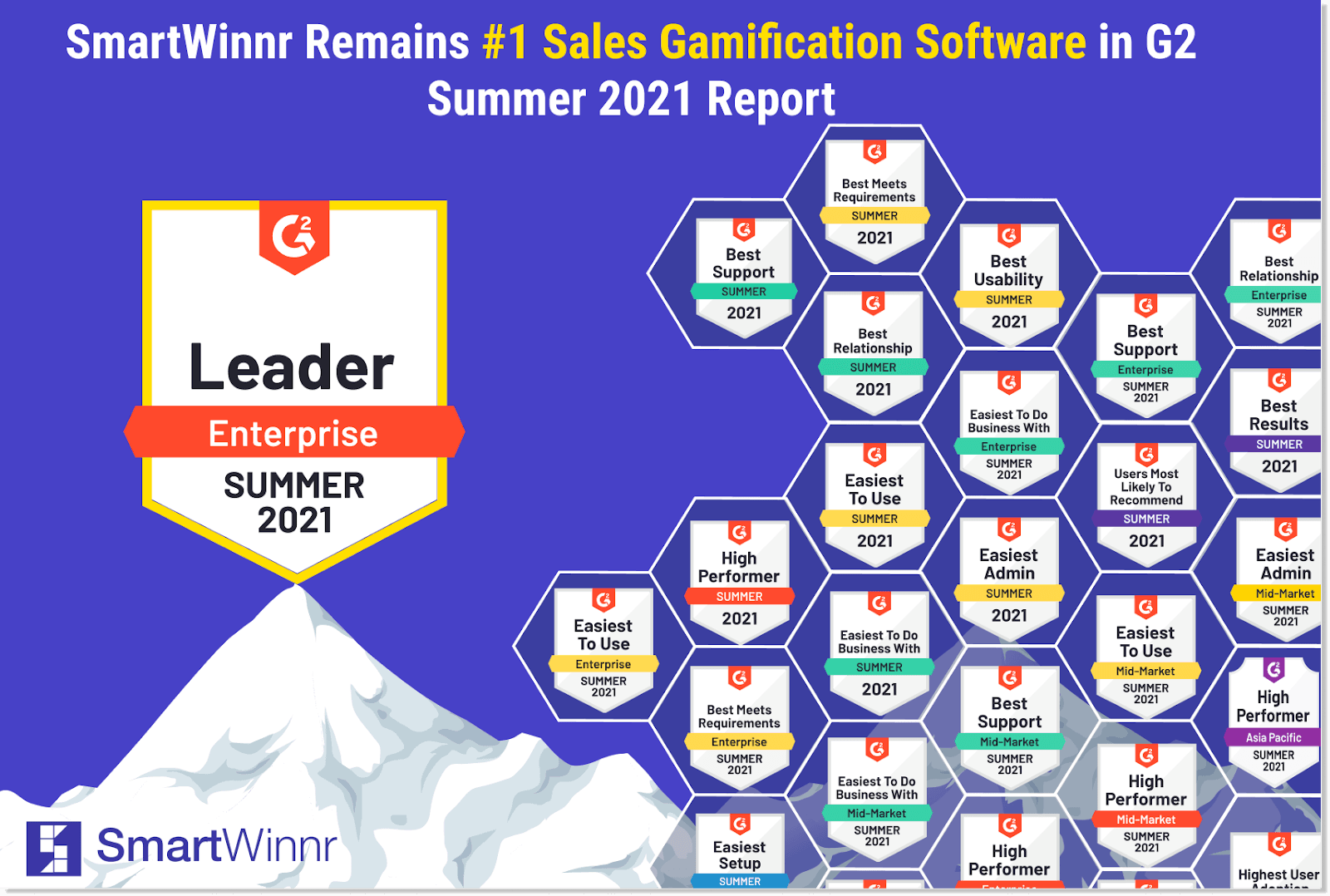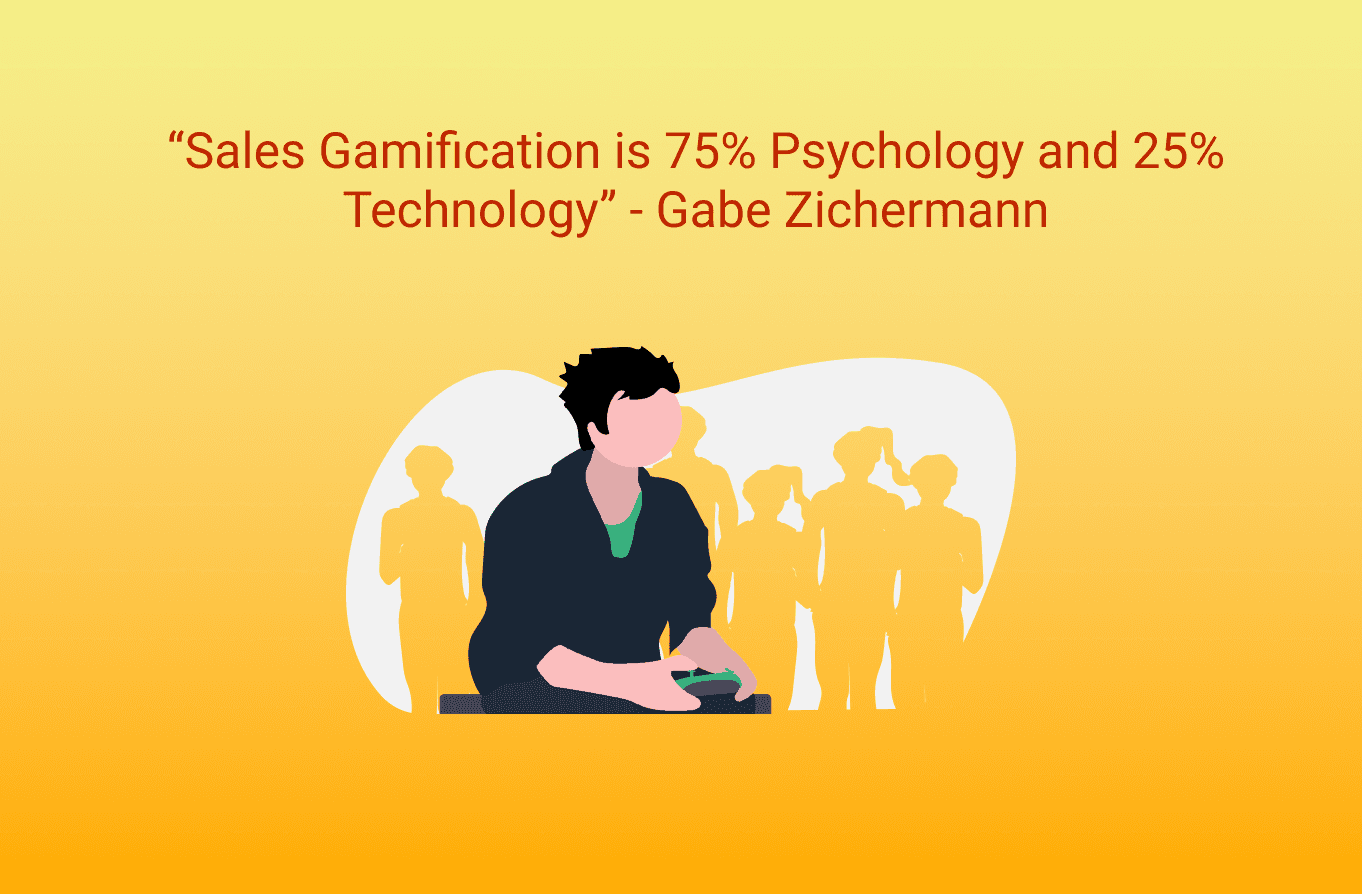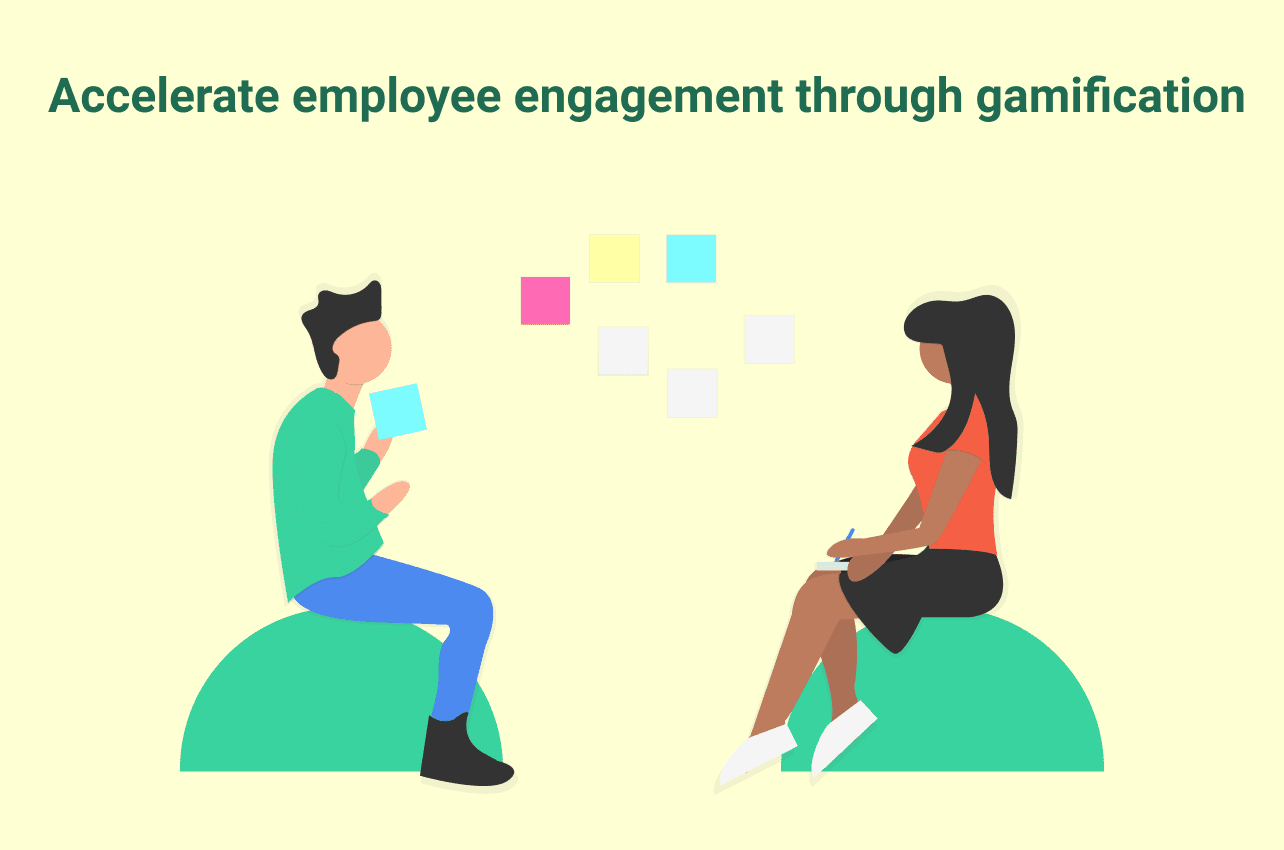Digital learning has swept the Learning and Development industry over the past few years and went on to become one of the primary training techniques in larger organizations. Its modular structure, flexibility to learn and it’s easy content have won the hearts of a lot of learners. While a lot of learners love to learn using a digital platform, they don’t really look forward to taking assessments in it. This is mainly because of the inherent fear that is associated with assessments/tests.
Learners tend to perceive assessments as time-intensive and bland. They provide an unengaging experience that learners are more likely to abandon. But, it need not be like this. The good news is that with the emergence of validated game-based cognitive assessments, learners can demonstrate their knowledge and skills in engaging games, in less than 20 minutes. These assessments take the form of a series of games, each of which takes between two and three minutes to play. Learners get a fun and interesting experience, and you get a deeper understanding of their strengths.
“80% of the candidates prefer games-based assessments over other types of tests.”
What is a gamified assessment?
Definition: Gamified assessments can be defined as engaging assessments for the digital age. Gamified assessment is when you apply game-like elements such as scores, leaderboards, levels, and these elements go a long way in driving learner engagement. Gamified assessments blend game elements with robust psychometric methodologies.
Engaging
Reliable
Valid
Now, you must be wondering how gamified assessments can make a difference in your training process and reduce the dropout rate amongst your employees. But, first, you need to understand the difference between gamification and gamified assessments. Here is how these two differ:
Difference between games and gamified assessments
Gamification is the process of using game elements and game designs in non-game contexts. The use of badges, leaderboards, experience points, and levels boosts user engagement and motivation, thus producing enhanced learning results.
Gamified assessment, on the other hand, refers to the use of the game elements in assessments to give them the look and feel of a game so as to enhance a learner’s experience of taking these assessments.
Now let’s see how gamified assessments help your training
Predictive Psychometrics: Game-based cognitive assessments are typically modeled on and validated against existing cognitive assessments, such as the Wechsler Adult Intelligence Scale(WAIS) or the International Cognitive Assessment Resource (ICAR).
Data collection: A simple “tick-the-box” assessments can test your learners, but gather a limited amount of data (one data point per question). Game-based assessment gathers thousands of data points from user interactions, such as how long a candidate spends on a problem or whether or not they second guess their answers. The large quantity of data in game-based assessments increases accuracy while greatly shortening the time it takes to complete the assessment.
Speed and flexibility: Game-based assessments can be administered on any device, and candidates can complete them in less than 15 minutes on their own schedule.
Takes the stress out of assessments
Tests are stressful and we all have been afraid of them in our childhood. But, this fear of tests exists in many adult learners as well. As a result, they tend to avoid assessments. Also, they think that going through boring assessments will do nothing to enhance their learning experience.
A gamified assessment helps in taking this stress out by offering the learners a fun, friendly and competitive environment to take the test and score.
Improves learner’s engagement
The purpose of assessments in any training is not to overwhelm learners. Assessments are primarily used to gauge the learners’ understanding of the content covered in the training.
Overwhelming learners with complex assessments is the last thing you want in your training program. By using gamified assessments, learners can enjoy a relaxed learning experience. This, in turn, improves learner engagement and contributes to learning retention.
Provides effective feedback
Gamified assessments are excellent for evaluating participants’ knowledge and skills. They are also great for providing instant feedback. For example, if you assign a video coaching assessment to your employees, you can give qualitative or quantitative feedback on their video response instantly. This makes it easy for learners to identify their areas of improvement immediately and work on it to improve.
Delivers high impact learning
The best part of the gamified assessments is that learners are constantly challenged. Learners score points, progress in the game, receive feedback and do not feel pressurized. It’s a game, after all! Here’s how a gamified assessment delivers high impact learning:
Gets learners hooked to the training
Drills down the learning objectives
Stimulates recall of prior knowledge (For example, the knowledge gained in one particular module of the training needs to be recalled to cross one level)
Provides learning guidance (The learner is required to use his knowledge gained from the course to get a good score)
How to gamify an assessment?
The first thing to make your assessments interesting is to have a mix and match of various kinds of questions. For example in an assessment of 4 questions, each question can be of a different type like:
Multiple choices
Fill in the blanks
Matching questions ( Matching options in one column with the options in the other)
Hotspot questions (Marking the correct spot in a picture)
Next, you add the game elements to the assessments like points badges and levels. Now, in this assessment, whenever a participant answers a question correctly, he gets points for that. These points add up to make a score. If the participant achieves a certain threshold score then he gets awarded with badges like gold, silver or copper. And, he also crosses various levels (like L1, L2, L3) as he keeps achieving various score targets.
You can create a competition around this - between individuals or teams and see who achieves more badges and levels and wins the competition. You can then put up team-wise or individual leaderboards displaying the participants’ achievements (scores, badges, and levels). This encourages them to perform well in the assessments.
If you assign a video assessment to your employees, then you could create a competition to see whose video is the best. The winner of this competition will get their video marked as a top video and it will be shared with everybody in the team. These game elements are very effective in making your employees enthusiastic about assessments and motivating them to score well.
Conclusion
Apply the right game elements in the assessment process and provide a cutting-edge way of improving on traditional assessment methods and reinventing the employee’s experience of taking assessments.
Check out more resources on driving effective employee learning
Spaced Repetition and Microlearning: Two peas in a pod
Looking for a sales training software that takes your sales training to a whole new level?
Explore SmartWinnr’s Learning and Gamification features. Learn how to run fun and engaging sales training and sales coaching for your team through SmartWinnr.
Curious to learn more about it? Book a demo today!














